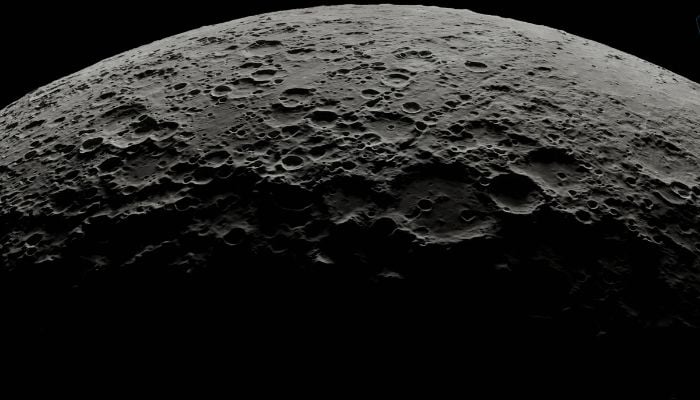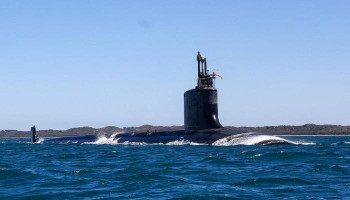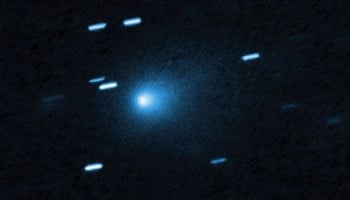
Space exploration shall reach new heights as NASA prepares to establish a permanent presence on the Moon. A recent discovery by the space agency has revealed extensive water ice deposits on the lunar surface, beyond the previously known South Pole region.
NASA's Lunar Reconnaissance Orbiter has found water ice in deposits much more widespread than before anywhere on the Moon, according to a new release on ScienceExpress. Pockets of frozen hydrogen were detected by the Lunar Exploration Neutron Detector (LEND).
Previous reconnaissance had identified ice trapped in regions of deeply frozen craters near the South Pole of the Moon. NASA's Artemis program would land close to these craters, which would also use ice for radiation shielding, air, energy, and rocket fuel.
Read more: NASA’s Hubble captures Bubble Nebula situated 7,100 Light-Years from Earth
The new research report in the Planetary Science Journal extends that earlier observation.
A new NASA map sheds light on permanently darkened regions of the moon's South Pole, extending out to 80 degrees south latitude. Much of the ice is stored in craters and below -325°F (-198°C). Some of these shadowed craters haven't seen sunlight for billions of years.
For each square metre of a surface where ice was found to be present, scientists assume at least five quarts (five litres) of ice within the top 3.3 feet (meter) of the surface. This figure would help plan future resource usage.
















